Tahini is packed with vitamins, minerals, and healthy fats that contribute to a nutritious lifestyle. It’s one of the best sources of plant-based calcium and iron, which can be hard to come by. Not only does tahini provide a handful of micronutrients, research suggests it has also been associated with benefits like improved heart health, reduced inflammation, and potential cancer-fighting effects.
One tablespoon of tahini contains:
- 90 calories
- 2.6 g protein
- 8 g fat
- 1.5 g fiber
- 64 mg calcium
- 1.3 mg iron
- 0.24 mg copper
- 14.2 mg magnesium
- 0.69 mg zinc
- 5.2 mcg selenium
Like many other nut or seed butters, tahini is filled with polyunsaturated fats — thegood kind of fats that you want to include more of in your diet. Polyunsaturated fats help keep you full throughout the day; they also help keep your brain functioning properly, aid in reducing bad cholesterol, and work to decrease the risk of serious heart disease.
Tahini’s power goes far beyond improving your health from within; its benefits are more than skin-deep! Sesame seeds are rich in B vitamins, zinc, amino acids, and fatty acids. Vitamin E and healthy fatty acids prevent dryness by decreasing inflammation and keeping your skin and hair moist. And did you know amino acids and zinc help repair damaged skin tissue to give your skin a healthy, youthful glow?
Soom Tahini deserves a spot in your pantry, not just for its taste and silky-smooth texture, but also because of the health benefits from sesame!
This information was provided to Soom Foods by Marisa Urda, RD, LD and Jessica Bippen,MS, RD. (founder of Nourished by Nutrition, @nourishedbynutrition). None of the information contained above is meant to replace medical advice from your personal doctor.
Sources:
- Food Composition Databases Show Foods — Seeds, sesame butter, tahini, type of kernels unspecified.Ndbnalusdagov. 2018. Available at: https://ndb.nal.usda.gov/ndb/foods/show/3740?man=&lfacet=&count=&max=50&qlookup=tahini&offset=&sort=default&format=Abridged&reportfmt=other&rptfrm=&ndbno=&nutrient1=&nutrient2=&nutrient3=&subset=&totCount=&measureby=&Qv=.16&Q7019=1&Qv=16&Q7019=1.
- Essential Fatty Acids and Skin Health.Linus Pauling Institute. 2018. Available at: http://lpi.oregonstate.edu/mic/health-disease/skin-health/essential-fatty-acids.

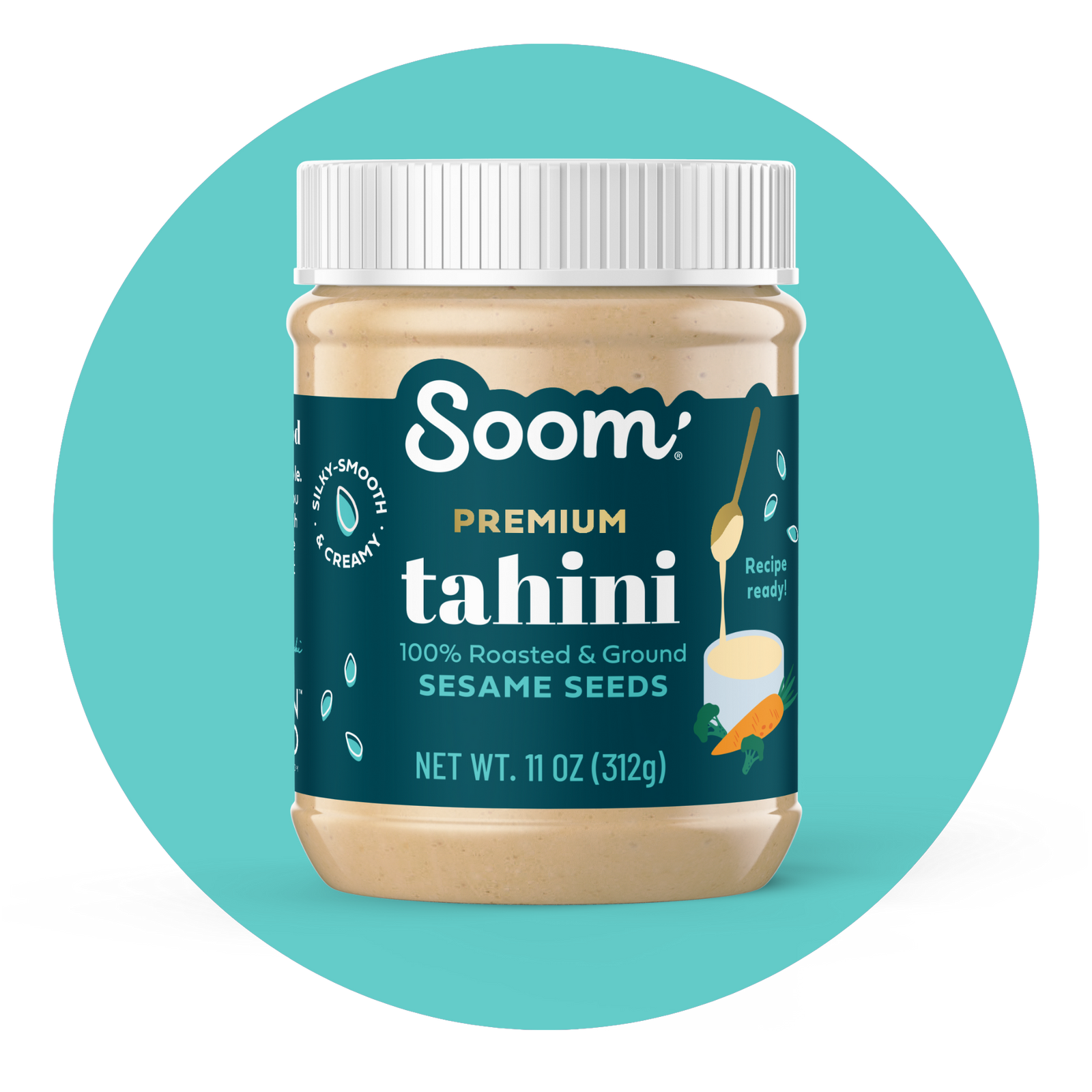
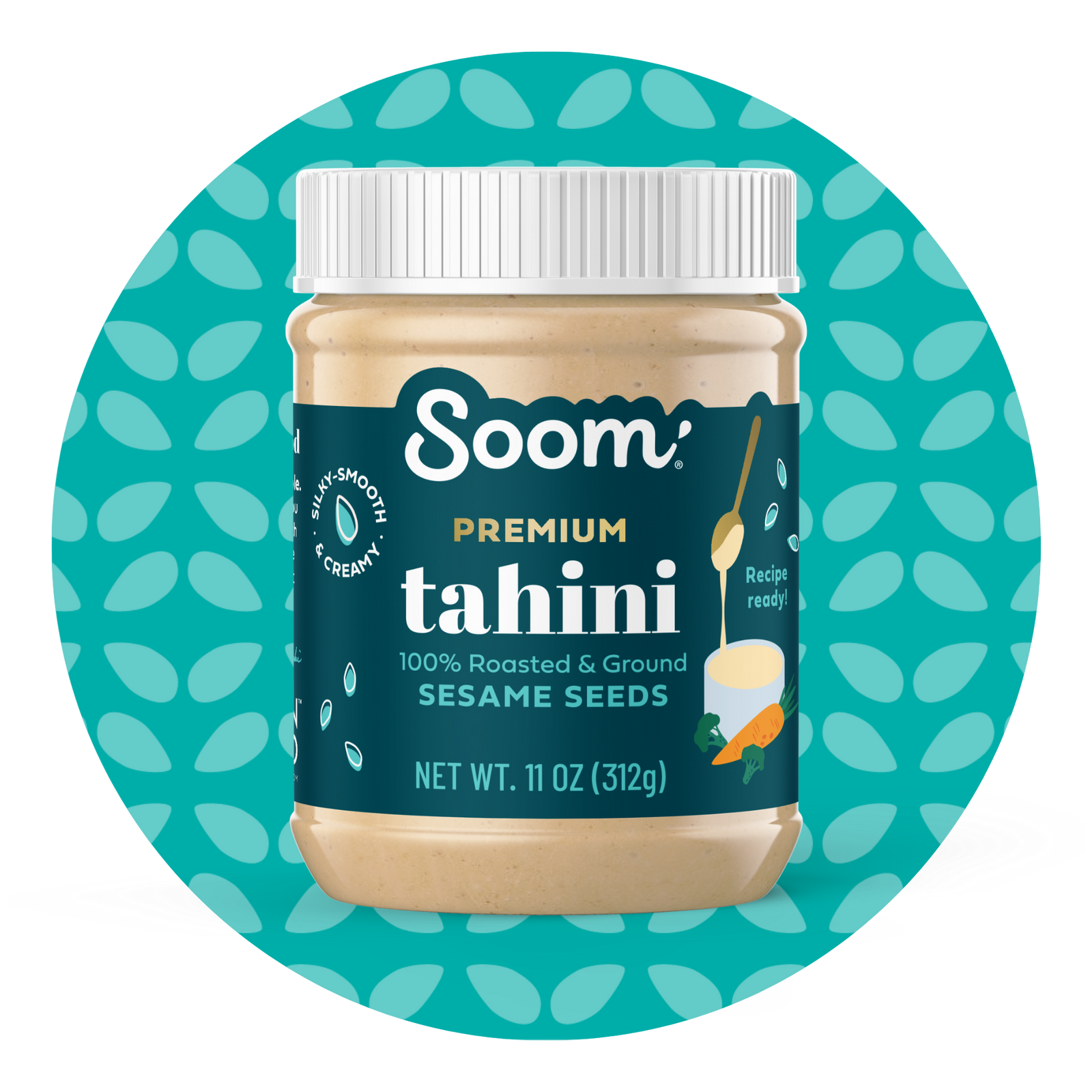


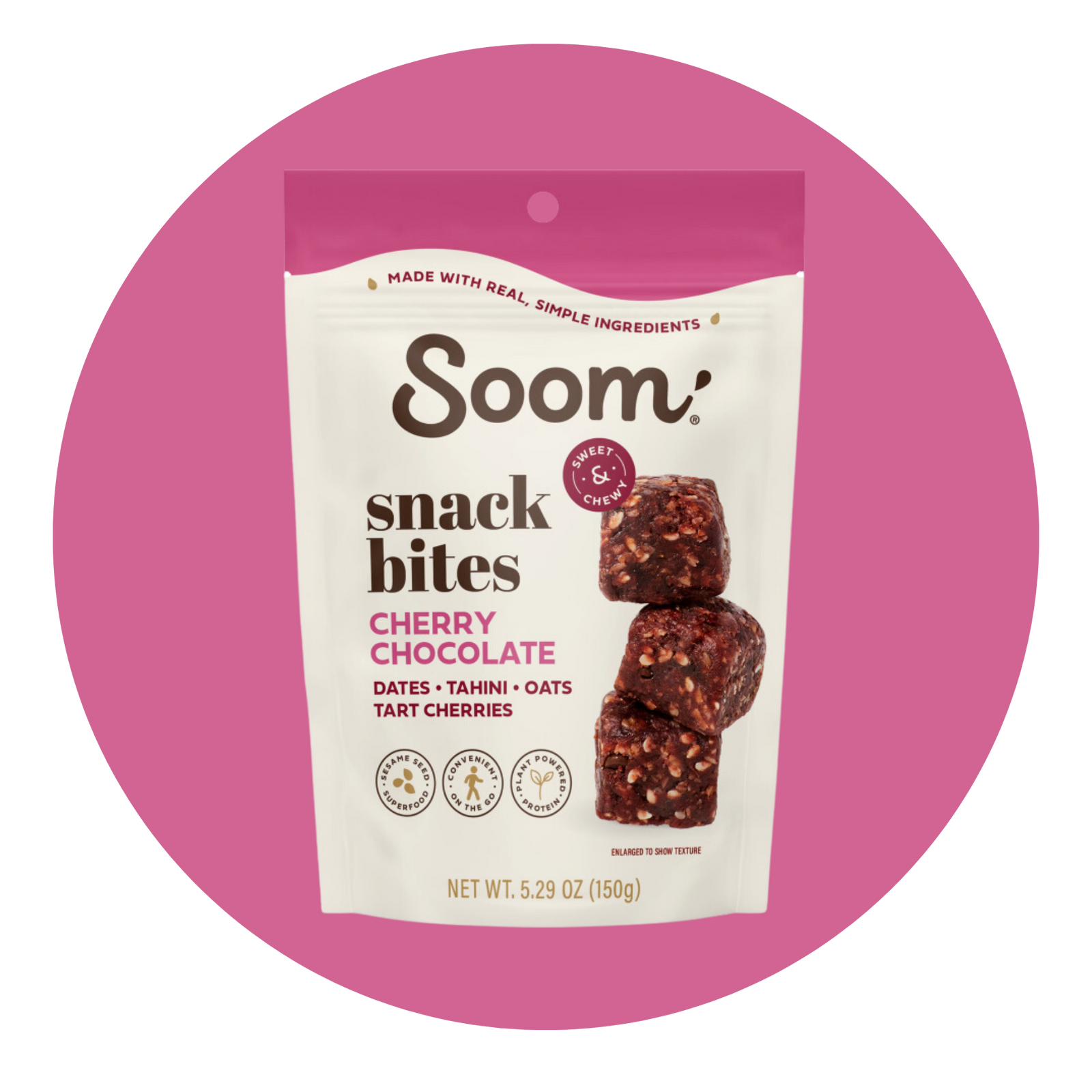
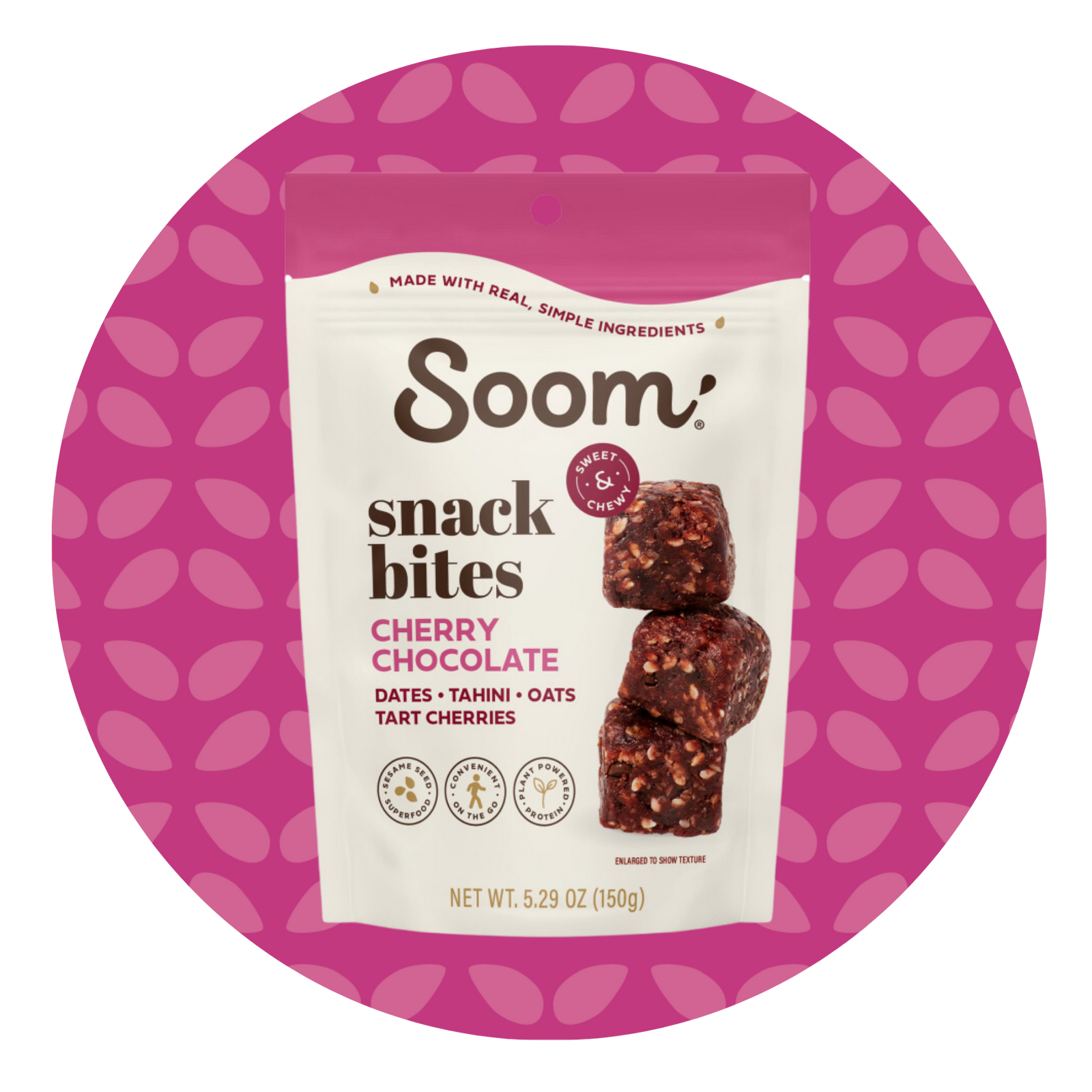




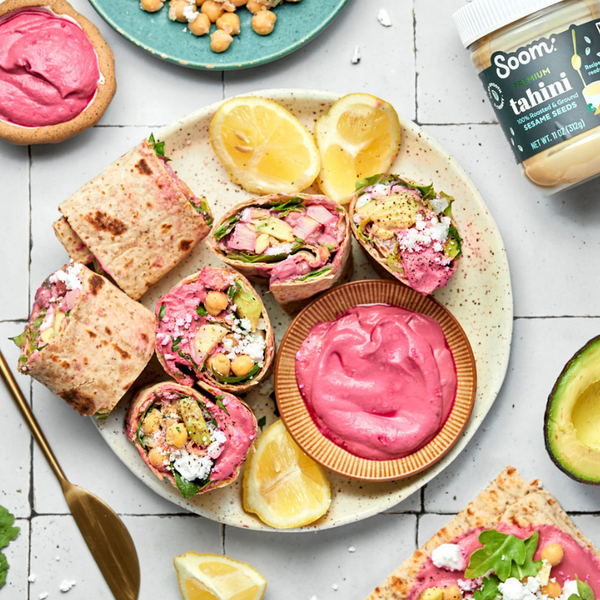







Leave a comment (all fields required)